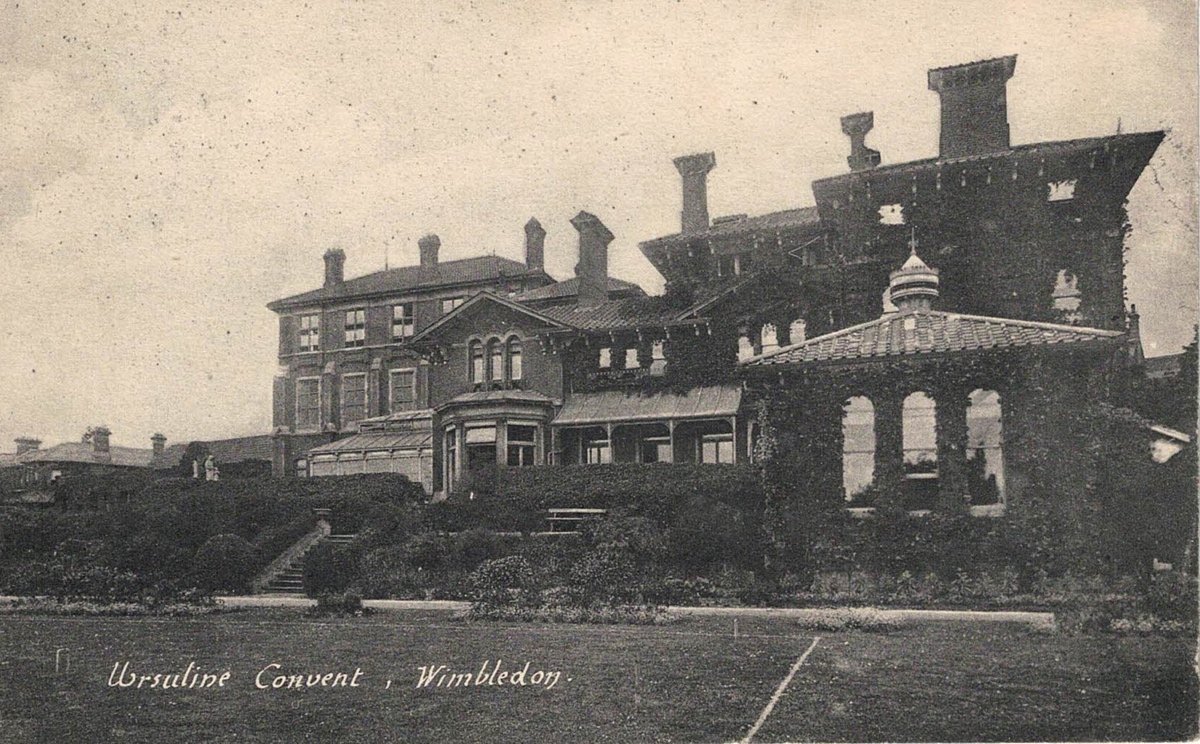Roman Union Ursulines
The formation of the Company of St Angela in 1535 was a ground breaking initiative both in its concept and structure. But St Angela, with feminine intuition and wisdom, was aware that life is shaped by multiple factors and wisely said:
“If according to times and circumstances the need arises to make new rules or do something differently do it prudently and with good advice”
The formation of the Ursuline order, which was shaped by events, but particularly by the Council of Trent has always remained faithful to the spirit of St Angela, their unquestioned foundress.
By the end of the 17th century, there were over 300 Ursuline convents in France. St Mary of the Incarnation had already established a thriving foundation in Canada and rapid development continued throughout Europe and the rest of the world so that by the 19th century Ursuline convents were to be found on all five continents.
By the nineteenth century two events gave increasing urgency to the call for unity. On 24th May 1807 St Angela was canonised and the Ursuline convent in Rome became a focal point for Ursulines worldwide. The fall of the Papal States in 1870 meant that convents in Italy were in danger of closure and the Convent in Blois France responded to the plea of Rome and Calvi by offering financial and moral support. The final catalyst was a wish expressed by Pope Leo XIII to see all the Ursulines united under the authority of one Superior General living in Rome. A meeting was subsequently held. The 71 superiors and delegates discussed and voted the plan for a General Government. 62 of the Ursuline “monasteries” joined the Union. On the 28th November 1900 the Roman Union was born.
How England Joined The Roman Union
In 1907 the exiled convent from Rouen settled in Crewe, a very favourable choice since this town was a strategic railway hub. The sisters were fortunate to have a purpose built school and convent funded by families and friends of the exiled French sisters. This foundation was well run and quickly attracted a number of vocations from Ireland and the more Catholic North of England. It was forward looking and zealous in promoting the idea of an English province. As Crewe was a French foundation it joined the Roman Union in 1918.
In 1923 Greenwich, Beaconsfield and Bideford voted to join the Roman Union. Four years later Forest Gate, Wimbledon and Palmers Green joined the English province. These houses had roots with the Tildonk union.
The Ursuline community in Brentwood had been founded from Forest Gate in 1900. It retained strong links with all the “Tildonk” communities in England. After a period of discernment the Sisters decided they would not join the Roman Union.
“Hold this for certain: that God will never abandon this Company as long as the world lasts. Because if He has planted it in the first place who is there to uproot it?”








